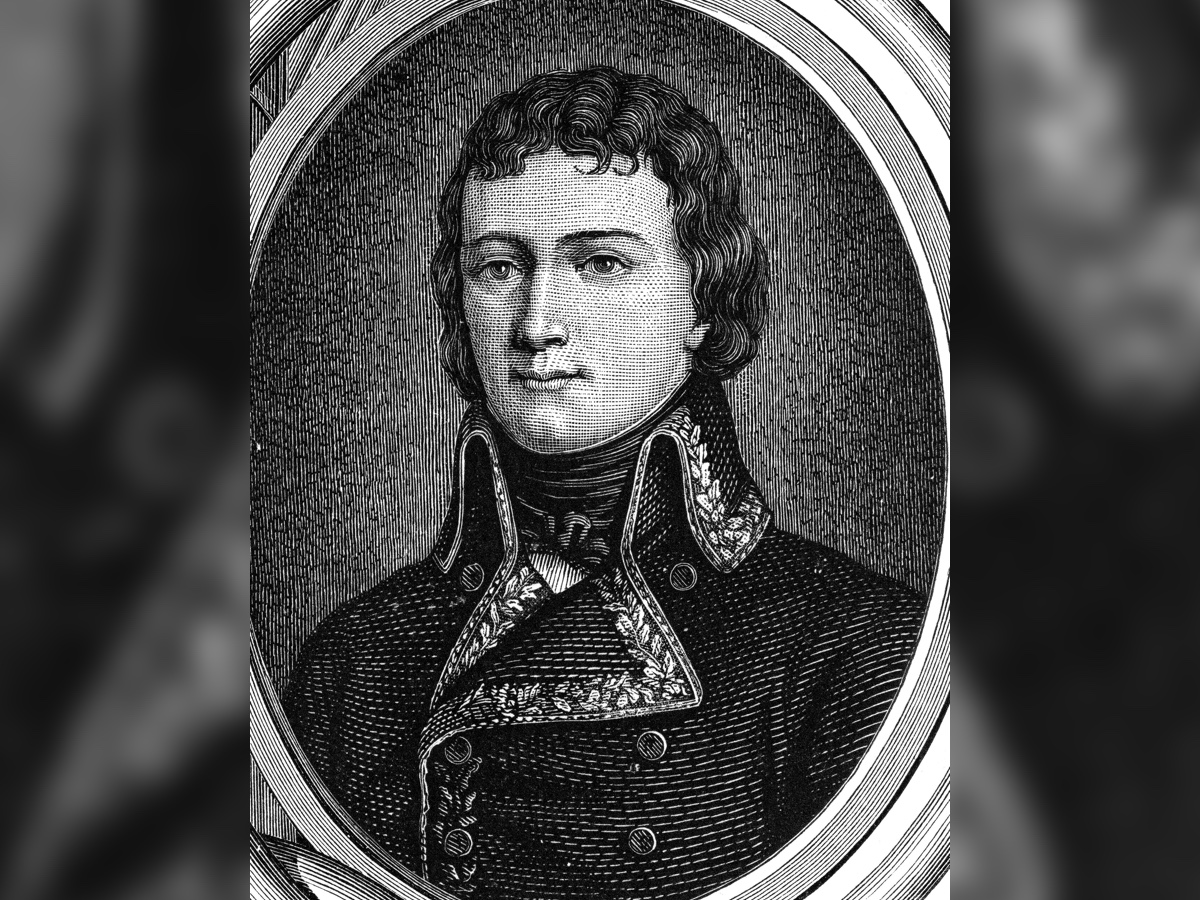Remains of Napoleon's One-Legged General Found Under Russian Dance Floor
An excavation in a peculiar place — under the foundation of a dance floor in Russia — has uncovered the remains of one of Napoleon Bonaparte's favorite generals: a one-legged man who was killed by a cannonball more than 200 years ago, news sources report.
Gen. Charles Etienne Gudin fought with Napoleon during the failed French invasion of Russia in 1812. On July 6 of this year, an international team of French and Russian archaeologists discovered what are believed to be his remains, in Smolensk, a city about 250 miles (400 kilometers) west of Moscow, according to Reuters.
After his death at age 44 on Aug. 22, 1812, Gudin got star treatment. His name was inscribed on the Arc de Triomphe in Paris, his bust was placed at the Palace of Versailles, a Paris street was named after him and, as a sentimental gesture, his heart was removed from his body and placed in a chapel at the Père Lachaise Cemetery in Paris. [Photos: Archaeologists Excavate Battlefield from Napoleonic Wars]
The researchers said that several clues suggested that the skeleton they found under the dance floor belongs to Gudin, who had known Napoleon since childhood. Both men attended the Military School in Brienne, in France's Champagne region. Upon hearing of Gudin's death, Napoleon reportedly cried and ordered that his friend's name be engraved on the Arc de Triomphe, according to Euronews.

Records from the 1812 Russian invasion note that Gudin's battlefield injuries required him to have his left leg amputated below the knee, Euronews reported. Indeed, the skeleton in the coffin was missing its left leg and showed evidence of injury to the right leg — details that were also mentioned in those records, the archaeologists said, according to Reuters.
Moreover, it was "with a high degree of probability" that the remains the team uncovered belonged to an aristocrat and a military veteran of both the French Revolutionary and Napoleonic wars, they said, according to Reuters.
"It's a historic moment not only for me, but for I think for our two countries," French historian and archaeologist Pierre Malinovsky, who helped find the remains, told the Smolensk newspaper Rabochiy Put (Worker's Journey), according to Reuters. "Napoleon was one of the last people to see him alive, which is very important, and he's the first general from the Napoleonic period that we have found."
Sign up for the Live Science daily newsletter now
Get the world’s most fascinating discoveries delivered straight to your inbox.
The general has known living descendants, so researchers plan to test the skeleton for DNA. That way, they'll be able to say for sure whether the remains are those of Gudin.
Gudin, however, is hardly the only French fatality recently found in Russia. Earlier this year, scientists did a virtual facial reconstruction of a man in his 20s who was slashed in the face with a saber and died during the invasion of Russia.
- 19 of the World's Oldest Photos Reveal a Rare Side of History
- Photos: Mass Graves Hold 17th-Century Prisoners of War
- Photos: A 400-Year-Old War Grave Revealed
Originally published on Live Science.

Laura is the archaeology and Life's Little Mysteries editor at Live Science. She also reports on general science, including paleontology. Her work has appeared in The New York Times, Scholastic, Popular Science and Spectrum, a site on autism research. She has won multiple awards from the Society of Professional Journalists and the Washington Newspaper Publishers Association for her reporting at a weekly newspaper near Seattle. Laura holds a bachelor's degree in English literature and psychology from Washington University in St. Louis and a master's degree in science writing from NYU.










